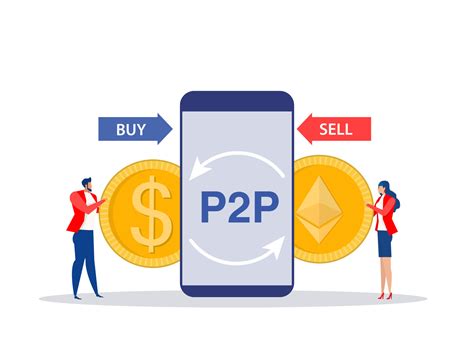The world of cryptocurrency and finance: exploring concepts -chave
The world of finance has undergone a significant transformation in recent years, with the emergence of new technologies and investment opportunities. At the center of this revolution is cryptocurrency, point -to -point trade, fiduciary currency and isolated margin. In this article, we will delve into each of these concepts, their importance and how they contribute to the evolving scenario of finance.
Cryptocurrency
Cryptocurrencies are digital or virtual currencies that use safety encryption and are decentralized, which means they are not controlled by any financial or government institution. The first cryptocurrency, Bitcoin, was introduced in 2009 and has since gained popularity worldwide. Other known cryptocurrencies include Ethereum, Litecoin and Moneto.
Cryptocurrencies operate on a point -to -point network, allowing users to send and receive payments without the need for intermediaries such as banks. Transactions are recorded in a public book called Blockchain, which ensures the integrity and safety of transactions.
Point to point negotiation
Point to point negotiation refers to the process of buying and selling financial assets directly between two parts, ignoring traditional investment platforms and banks. This model has gained strength in recent years due to its potential for greater transparency, flexibility and lower rates.
In point negotiation, participants can buy and sell assets such as stocks, commodities and cryptocurrencies without the need for intermediates such as brokers or exchanges. The benefits of this model include faster execution times, reduced costs and greater accessibility.
Fiat currency
The fiduciary currency is a type of money that has value based on the government’s decree, not any intrinsic value. Fiduciary currencies are issued by banks and central governments as a means of exchange, reserve asset and value storage. Examples of fiduciary currencies include the US dollar, euro, yen and pound.
The use of fiduciary currency is supported by laws and regulations that specify its value and availability. Central banks can print more money to inflate the supply of their currency, but should do so controlled to prevent inflation or deflation.
Isolated margin
The isolated margin refers to a type of margin negotiation that involves the use of separate accounts to buy and sell assets without being connected to the traditional broker account. This allows individuals to manage multiple negotiations simultaneously without depending on the bank system, which can be more complex and prone to errors.
In isolated margin negotiation, participants create two separate accounts: one for purchase and one to sell assets. Funds of an account are used to buy assets on the second account, while the other account is used to sell or maintain money. This model provides greater flexibility and control over negotiations, but also increases the risk due to the need to manage multiple accounts.
Benefits of each concept
Each of these concepts offers exclusive benefits and advantages:
- Cryptocurrencies offer a decentralized and safe way to invest in assets, with potential for high returns.
- Point to point negotiation allows individuals to buy and sell financial assets directly from each other, ignoring traditional investment platforms.
- Fiat currency provides a widely accepted and stable value storage, while the isolated margin offers greater control and flexibility compared to negotiations.
- Cryptocurrencies and point trading point offer opportunities for investors willing to take calculated risks.
Challenges and Risks

Although these concepts have the potential to revolutionize finances, they also have significant challenges and risks:
- Cryptocurrency prices can be volatile, leading to rapid price changes and possible losses.